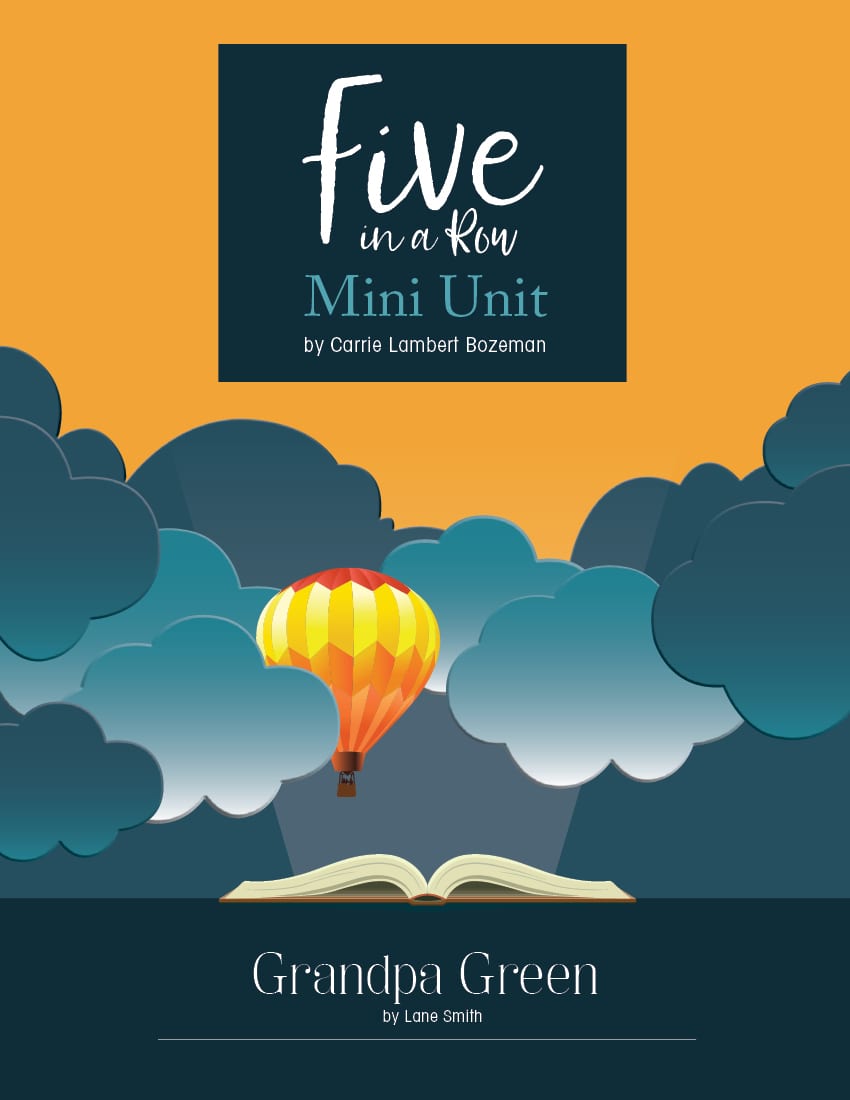

On my first reading, I read the text quickly, scanned the pictures, and finished thinking, “Huh, that’s it?” I read it several more times for class, loving it more each time. Once I opened the book, I appreciated the contrast of the heavily painted topiaries next to the delicate line drawings. (That opinion, I must say, has gone out the window after reading for this class!) I knew Lane Smith from his work with Jon Scieszka, but those projects were much sillier. Also, I hate to say it, but sometimes I overlook award winners because I figure they must be stuffy if a panel liked them. The cover looked almost monochromatic, so it didn’t really grab my attention. I wasn’t sure what to expect when I got this book. They should be studied as long as possible before turning the page. This is a great choice because the illustrations tell so much more. Even the text is a dark green, as if Smith didn’t want the font to take away from the illustrations. The words are very matter-of-fact, telling the story with no adjectives or adverbs. This type of illustration works perfectly with the subject matter. All of the colors are very muted even the greens are strong rather than vibrant. The illustrations look simple, because they consist of line drawings with very few colors, and the green areas are more heavily sponged. Each page is packed with meaningful illustrations that go well beyond the scope of the words themselves. Though the book has words, flipping through the pages feels as memorable as flipping through a photo album. Lane Smith’s illustrations are absolutely breathtaking. More of the story is told through illustration than words, so it’s crucial to pay attention to every page, because there’s another layer to the story hidden there! It is told from the point of view of a young boy as he walks through his great-grandfather’s garden. Grandpa Green tells the story of a man from birth to old age.


 0 kommentar(er)
0 kommentar(er)
